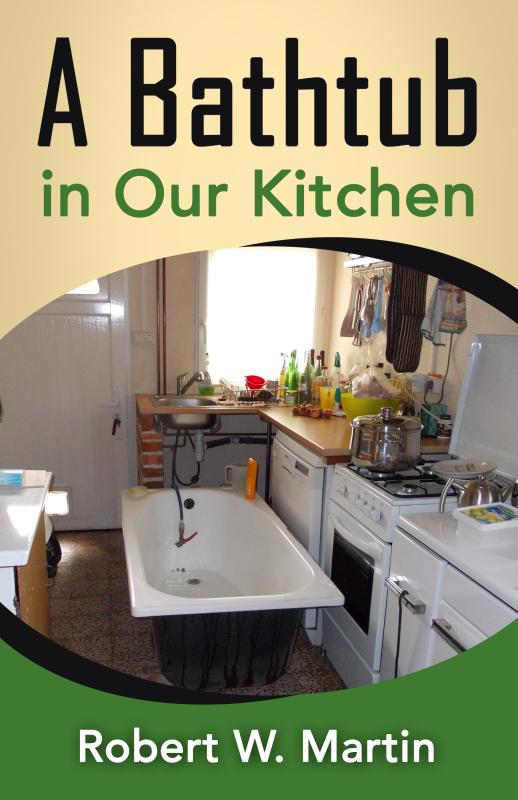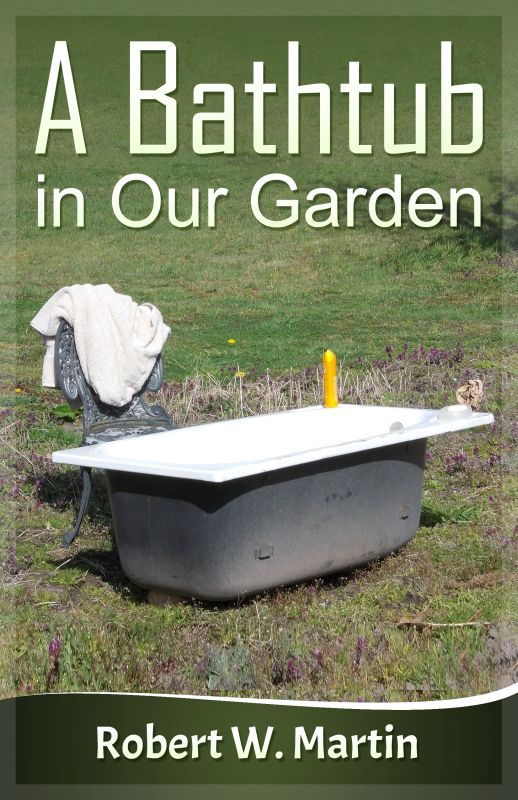The region in which La Darnoire is located used to be an area of swamps. When the Romans travelled through Gaul (think Asterix and Obelix) they passed through this area. One of the little lakes nearby is called "Caesar's lake", and rumour has it that it was dug by the Romans so that it could be stocked with fish in order to feed the passing troops. I don't think Julius himself wielded a spade though.
The point is, this area is damp. You don't have to dig down too deeply to find water. A well opposite the courtyard has presumably supplied the domestic water for this house during its lifetime of nearly two centuries. However, the water itself is pale orange in colour, possibly due to rust. By tying a piece of metal to a length of string, I ascertained that the well itself is around 4 metres deep, with a water depth of 3 metres. About half-way down, a pipe enters the well. This leads to one of the outbuildings, terminating at an ancient 3-phase electric pump. This feeds a 200-litre pressure vessel, which provided water to the kitchen tap via an underground steel pipe.
We had two choices when it came to installing a potable water supply. We could either take the water from the village, or install our own borehole. Connecting to the village water system meant digging a 400-metre trench to the closest access point. Costing everything out, we realised that either of these two options would cost the same initially. What swayed us in favour of the borehole was the absence of a monthly water bill.
The next task was to find the best place for the borehole. One person in particular was recommended to us by several locals. He's a real water diviner, or dowser, and as a result, he's a very busy man. We made an appointment for Henri Van Ingen to pay us a visit. As it happened, he turned up on a day when LSS wasn't here, so our conversation took place with a mélange of French, Dutch, and English; Henri being fluent in the first two. He had brought along a piece of string (with an odd-shaped bit of metal on the end), a Y-shaped branch, and a can of spray paint.
I watched as he tucked the Y-shaped branch under one arm, and then with the other hand, twirled the string-thing around in various directions. He then attempted to throw it away (but at the same time keeping hold of one end of the string). He did this several times, and then marched purposefully in one direction, coming to a halt in a patch of long grass. The string-thing was twirled around rapidly again. He then switched to the Y-shaped branch, taking the ends in both hands with the base of the branch pointing away from him. He walked slowly forwards and backwards, and it looked as though there was an invisible force pulling strongly on the end of the branch as it seemed to tug his arms downwards in one particular spot. The can of spray paint was now employed; he sprayed an "X" on the grass.
He explained that there was a strong flow of water there; around two cubic metres (2,000 litres) per hour, at a depth of approximately 40 metres. He also stated that this was guaranteed; if, for some inexplicable reason, no water was found, we would not be charged a cent.
I was quite pleased about the location of the water source; it's only about 15 metres from the house. Because we were considered a priority case (lacking a supply of potable water qualified us as such) we only had to wait two months for the next phase. I hate to think how long we would have had to wait if we weren't a priority! In July 2012, the borehole-digging machine turned up.
Next page: The Borehole is drilled!

